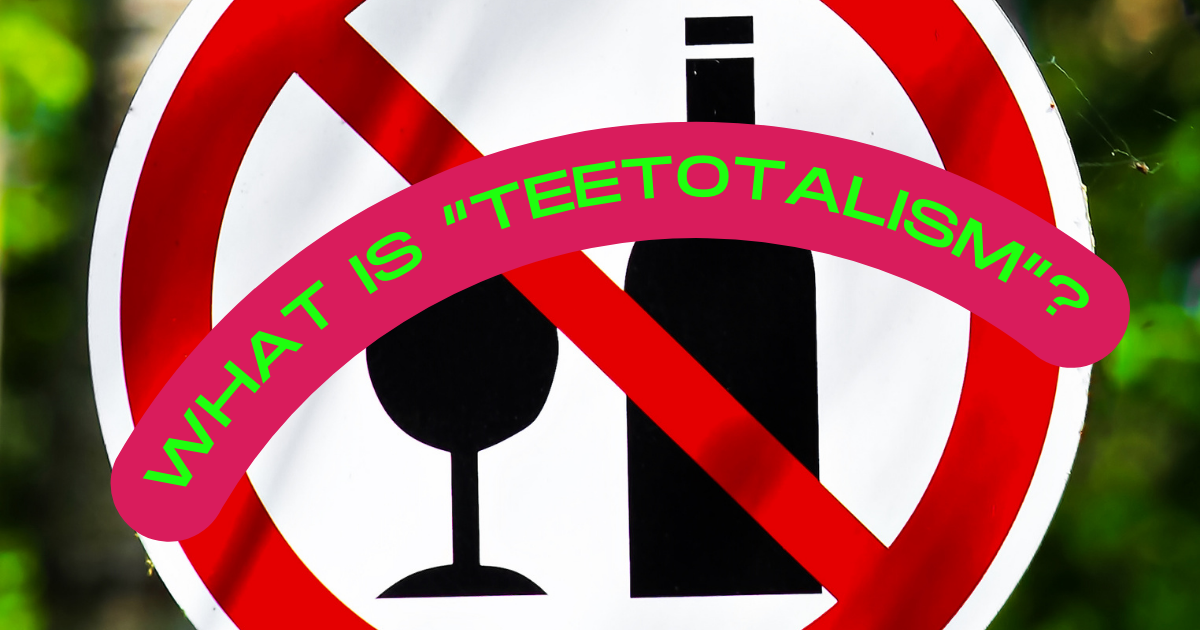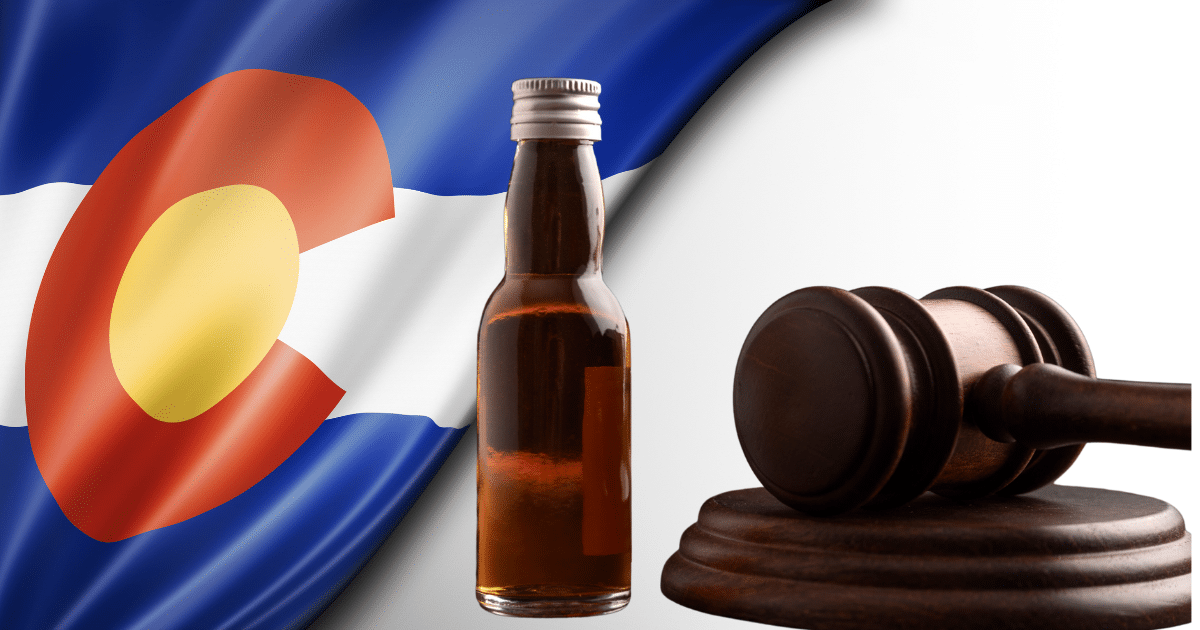The line between moderate, social drinking and consuming alcohol regularly to the extent that a drinking problem develops is easily blurred.
With alcohol being completely socially acceptable and so widely adopted, it’s easy to convince yourself you’re drinking within reasonable limits.
Is that really true, though?
We’ll look today at how drinking can progress from moderate consumption to a debilitating dependence starting off with a look at some possible early signs there could be a problem on the horizon.
Do I Have a Drinking Problem?
While drinking socially will never attract any stigma, if you’ve found yourself drinking as a coping mechanism or to prevent yourself from feeling bad, you’re already treading on dangerous ground.
You might have the beginnings of a drinking problem if you:
- Feel a sense of shame about drinking
- Drink to relax or to feel better
- Lie about your drinking habits
- Frequently drink more than you intended to
- Black out or forget what happened while drinking
Before we look in more detail at the distinction between social drinking, alcohol dependence and full-bore alcohol use disorder, what can be viewed as a safe amount to drink?
What’s Considered a Safe Level of Drinking?
The 2015-2020 Dietary Guidelines for Americans state that men drinking one standard drink daily and women drinking 1 standard drink daily are considered to be drinking at moderate levels.
This is what constitutes a standard drink:
- 12oz beer (5% alcohol content)
- 8oz mat liquor (7% alcohol content)
- 5oz wine (12% alcohol content)
- 5oz spirits (40% alcohol content)
According to NIAAA (the National Institute on Alcohol Abuse & Alcoholism), binge drinking is any pattern of alcohol consumption that raises BAC (blood alcohol concentration) levels to 0.08%. As a benchmark, this normally occurs after men consuming 5 standard drinks or women consuming 4 standard drinks in a 2-hour period.
SAMHSA (the Substance Abuse and Mental Health Services Administration) considers heavy alcohol use over more than 5 days in a month to be binge drinking.
NIAAA outlined the following scenarios as low-risk for developing AUD (alcohol use disorder):
- Men drinking no more than 4 drinks daily and no more than 14 drinks weekly
- Women drinking no more than 3 drinks daily and no more than 7 drinks weekly
So, to stay within safe limits, you need to limit both the amount you drink in a single session and also the amount you drink cumulatively in any given week.
We should add that binge drinking does not automatically mean you’ve got a drinking problem but binge drinking does increase your chance of developing AUD.
Maybe you’ve realized you’re not drinking within the above parameters considered safe and social.
Perhaps when you look at what actually constitutes a standard drink and you’re ruthlessly frank about your consumption, you’re wondering whether you might be drinking too much after all.
We’ll explore some of the common signs of different gradations of problem drinking now. Be honest with yourself and take a look at whether you’re exhibiting any of these symptoms.
Signs and Symptoms of Problem Drinking and Alcohol Abuse
Before you reach the stage of alcohol dependence or alcohol use disorder – what was once called alcoholism, alcohol abuse is apparent when alcohol use becomes self-destructive and dangerous, whether to yourself or others.
Unlike when full-blown dependence has set in, if you’re simply abusing alcohol, you might well have some control and some ability to limit your drinking.
So what are the signs of alcohol abuse, then?
5 Common Symptoms of Alcohol Abuse
If you’re abusing alcohol, you might not have reached the stage of physical dependence but ask yourself truthfully whether any of the following signs and symptoms of problem drinking are in place:
- Responsibilities taking a back seat. When your personal or professional life suffers because of your drinking, this is an early indicator you could have a drinking problem. Whether you’re flunking exams, performing poorly at work, neglecting the kids or bailing out on your regular commitments due to feeling hungover, drinking could be assuming too destructive a role in your life.
- Drinking in dangerous situations. From drinking and driving to operating machinery at work under the influence, if you’re putting yourself and others in danger by using alcohol inappropriately, you should ask yourself some searching questions.
- Drink-related legal problems. Whether it’s a DUI or an assault charge, many legal issues can crop up if you’re drinking abusively. This is an obvious red flag.
- Drinking despite negative consequences in interpersonal relationships. If you’re having fights with your partner and your friends due to your drinking habits, it’s time to take inventory before you stray into alcohol dependence. At that stage, recovery will be more difficult.
- Drinking to self-medicate. If you’ve started to view alcohol as an avenue to relax and de-stress, this is a classic early sign that you’re developing a deeper problem.
None of the above signs are a guarantee you’ll become dependent on alcohol but they all point to drinking levels that are spiraling out of control.
Once you get beyond alcohol abuse and into the waters of alcohol use disorder, there are other important factors to watch out for.
Signs and Symptoms of Alcohol Use Disorder
With alcohol use disorder, all of the signs of alcohol abuse are in place but with an important addition: physical dependence.
If you need alcohol in order to function or you feel physically compelled to take a drink, you’re alcohol dependent.
A couple of major warning signs can alert you to the danger zone involving AUD:
- Tolerance
- Withdrawal
Tolerance
Do you find yourself needing to drink more in order to get the same effect?
When you’re drinking with friends, do you appear to be able to drink much more than them?
These are sure signs that you’re developing a tolerance to alcohol. Tolerance is only acquired through drinking too much. Drinking limits within the moderate, social limits outlined above won’t cause you to become tolerant in this way.
Withdrawal
Have you ever woken in the morning and grabbed a quick drink to steady the shakes?
If you’ve been drinking too heavily, your body will get used to the alcohol and you’ll experience withdrawal symptoms in its absence. If you find yourself drinking to relive these symptoms, it really it time to consider taking action.
Withdrawal symptoms include:
- Anxiety
- Depression
- Fatigue
- Headache
- Insomnia
- Irritability
- Loss of appetite
- Nausea and vomiting
- Shaking
- Sweating
When withdrawal is more severe, you might even experience:
- Confusion
- Fever
- Hallucinations
- Seizures
If you feel you might be alcohol dependent and you’ve decided you’d like to address this, quitting abruptly and without consulting your doctor is potentially dangerous. Depending on the extent to which you’re alcohol dependent, you might need a medical detox. We’ll look more at the below.
Symptoms of Alcohol Use Disorder According to DSM-5
The most recent fifth edition of the Diagnostic and Statistical Manual of Mental Disorders (DSM-5) takes a different stance to the fourth edition when defining what is still often known as alcoholism.
In DSM-IV, alcohol abuse and alcohol dependence were treated separately. We have described alcohol abuse as it was previously defined above.
DSM-5, on the other hand, integrates alcohol abuse and alcohol dependence into a single alcohol use disorder.
Here are the 11 symptoms of alcohol use disorder according to DSM-5:
- You regularly drink more alcohol than you intend to or drink for longer than you intend
- You have made unsuccessful attempts to reduce or control your consumption
- You spend a great deal of time drinking and recovering from drinking
- You experience cravings for alcohol
- Your alcohol use impacts social and professional obligations
- You continue to drink despite negative consequences socially and in terms of relationships
- You miss social, professional or recreational activities because of your drinking
- You use alcohol in dangerous situations like driving or operating machinery
- Your use of alcohol persists even when you know have a problem (physical or psychological) that’s either caused or worsened by alcohol
- Your tolerance to alcohol builds and you need more alcohol to get drunk or you feel weakened effects from alcohol when drinking the same amount as normal
- You suffer from withdrawal symptoms. In some cases, perhaps you use alcohol or another substance to prevent these withdrawal symptoms
Based on the above criteria, diagnosis of alcohol use disorder is either mild (2-3 symptoms), moderate (4-5 symptoms), or severe (6 or more symptoms).
If you feel you’re perhaps exhibiting enough of the above symptoms to consider seeking treatment, how can you get a better initial idea before speaking with your doctor?
There are a number of self-assessments you could run through and we’ll break those down before we touch on how to recover from alcohol use disorder.
Alcohol Use Disorder: Self-Assessment Tests
Whether you’re pretty certain you’re suffering from AUD, you can run through some simple self-assessment tests.
AUDIT
AUDIT (the Alcohol Use Disorders Identification Test) was first developed by the World Health Organization with a score of 8 or more on the test indicating drinking that is either harmful or hazardous.
CAGE
The CAGE assessment uses a simple but effective 4 question test.
C: Have you ever thought you should cut down the amount of alcohol you drink?
A: Does criticism of your drinking habits from others annoy you?
G: Do you ever feel guilty about drinking?
E: Do you ever resort to an eye-opener by drinking first thing in the morning or to steady your nerves before a special occasion?
If you answer yes to 2 of the 4 questions, you should speak with your healthcare provider about a more rigorous assessment.
MAST
MAST (the Michigan Alcohol Screening Test) is a self-scored questionnaire developed specifically to identify drinkers who have become dependent on alcohol.
Forms of this test vary with anything from from 10 to 20 questions used to determine the presence and severity of a drinking problem. This is perhaps the most accurate of all self-assessment tests.
Note: Although self-assessment can be instructive, you should under no circumstances consider the results as a final diagnosis. Tests like the above can, however, show you if the way you’re currently drinking exposes you to the risk of AUD.
Treatment
If what you’ve seen so far today makes for sobering reading, here’s the good news…
Recovering from alcohol use disorder takes commitment and sustained effort but it’s perfectly possible.
According to NIAAA, roughly 30% of people show no further symptoms a year after residential rehab. Many others are able to at least significantly cut back on drinking after treatment and experience fewer alcohol-related problems moving forward.
How, then, can you determine what type of treatment would be best for your circumstances?
What To Do Next
Whether you’re worried about the amount you’re drinking or about the drinking habits of a loved one, find a Landmark Recovery rehab center near you to help you get back on track.
If you don’t have an established and long-standing alcohol dependency with serious risk of withdrawal symptoms, an intensive outpatient program might make a good fit. If things are a little more serious, it’s likely that a detox followed by residential treatment would be the most effective solution.
Call us at 888-448-0302 and we’ll happy to address all your concerns about your drinking problem.

Choose Recovery Over Addiction
We're here 24/7 to help you get the care you need to live life on your terms, without drugs or alcohol. Talk to our recovery specialists today and learn about our integrated treatment programs.





